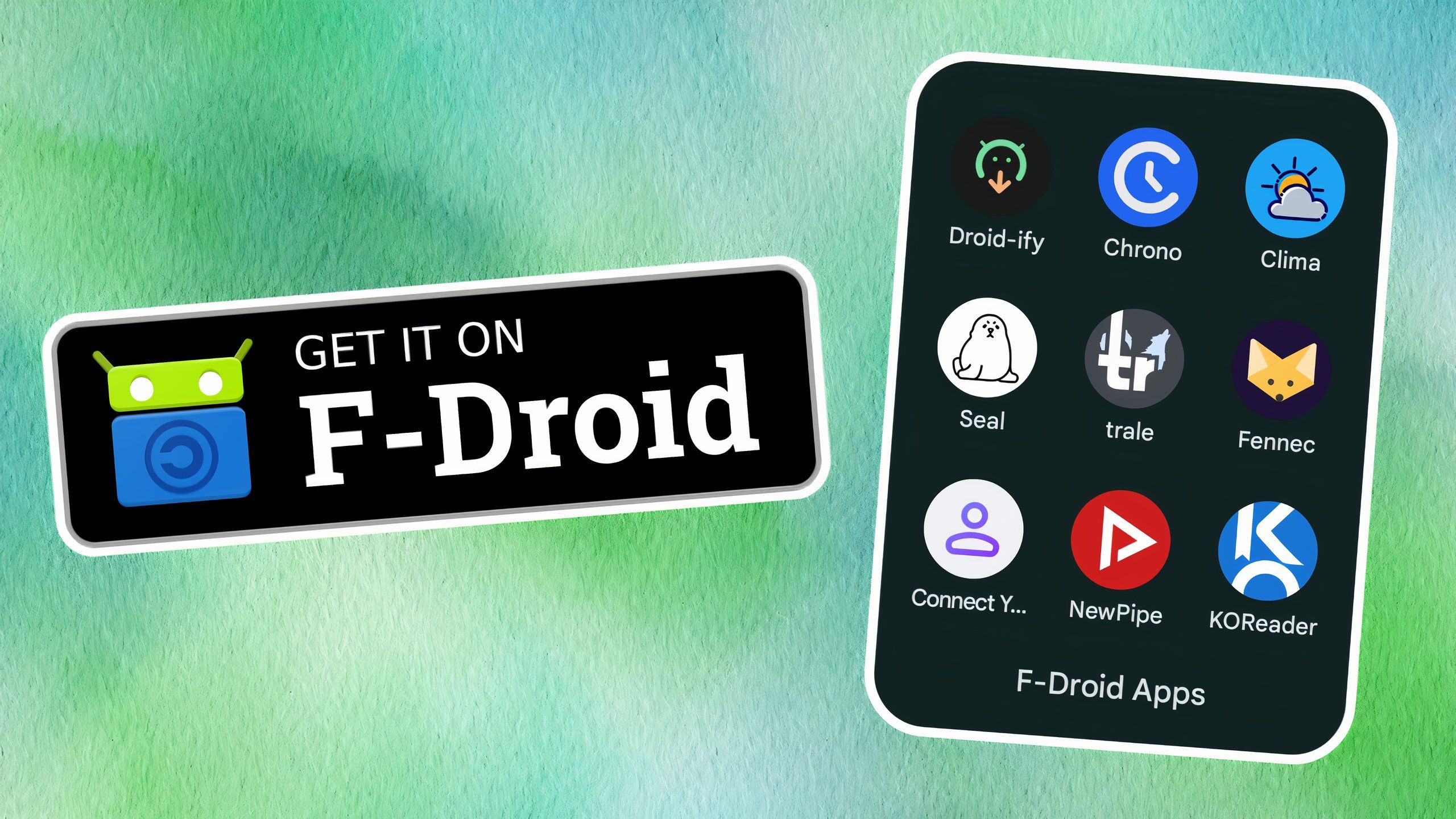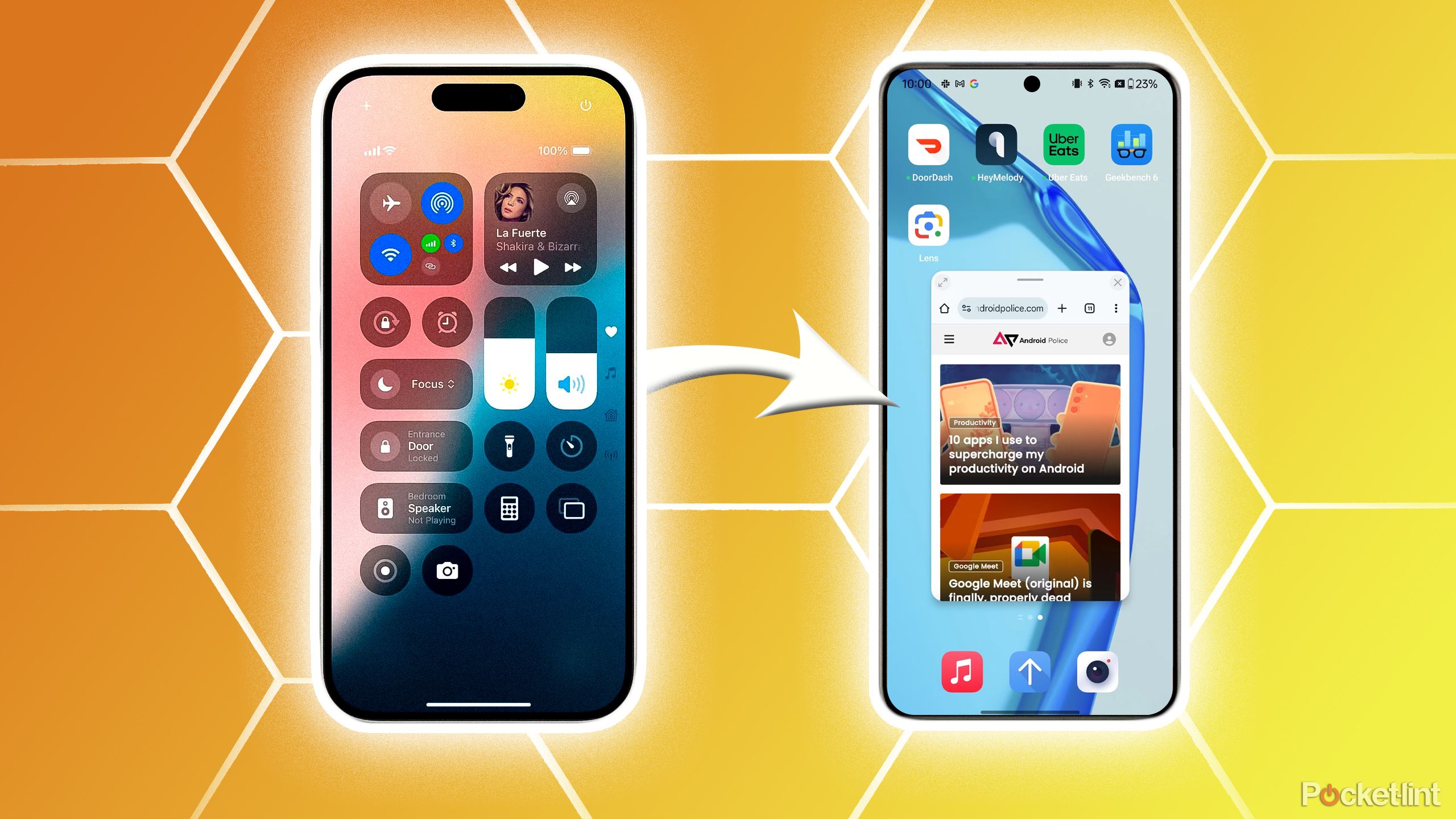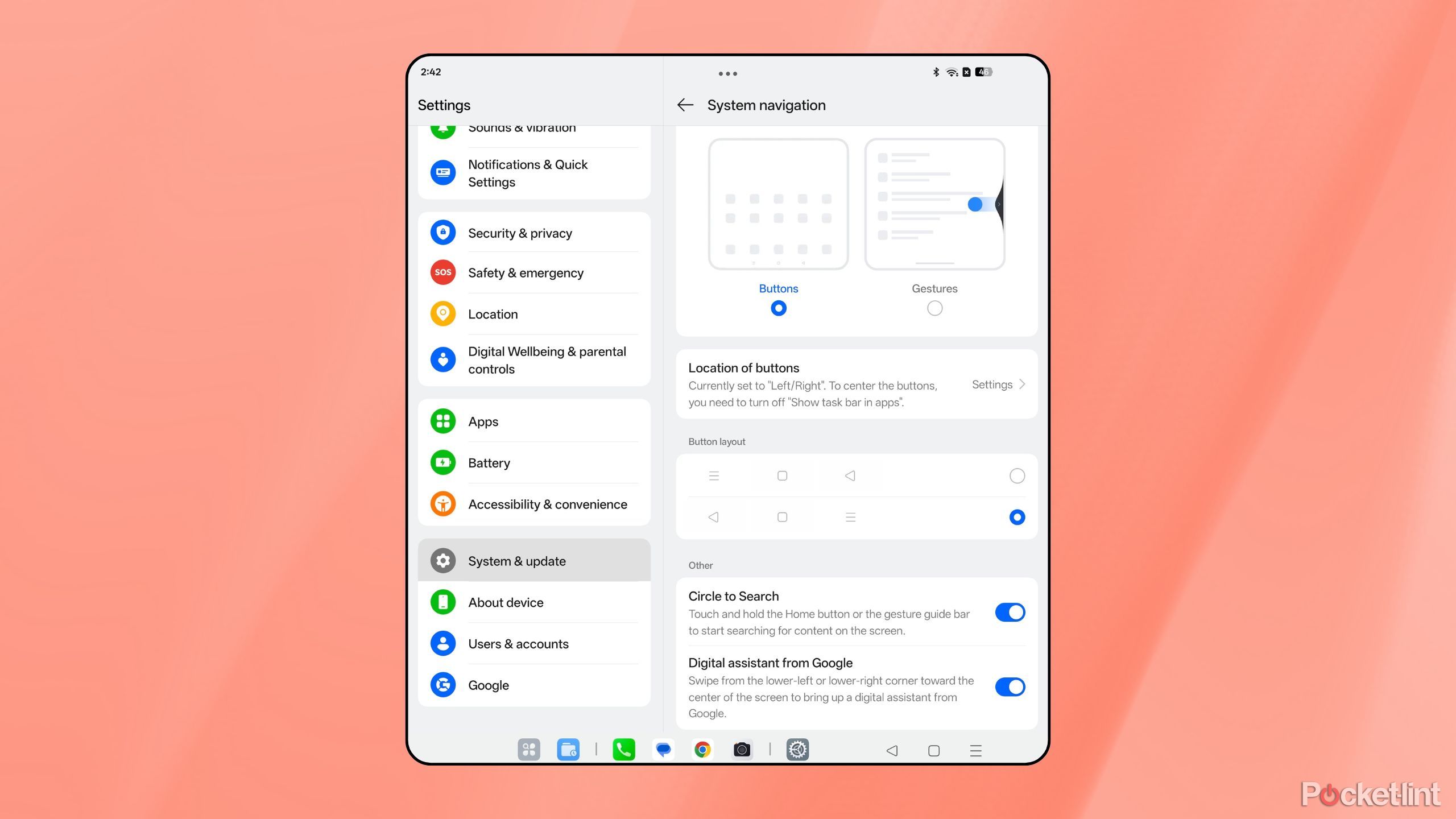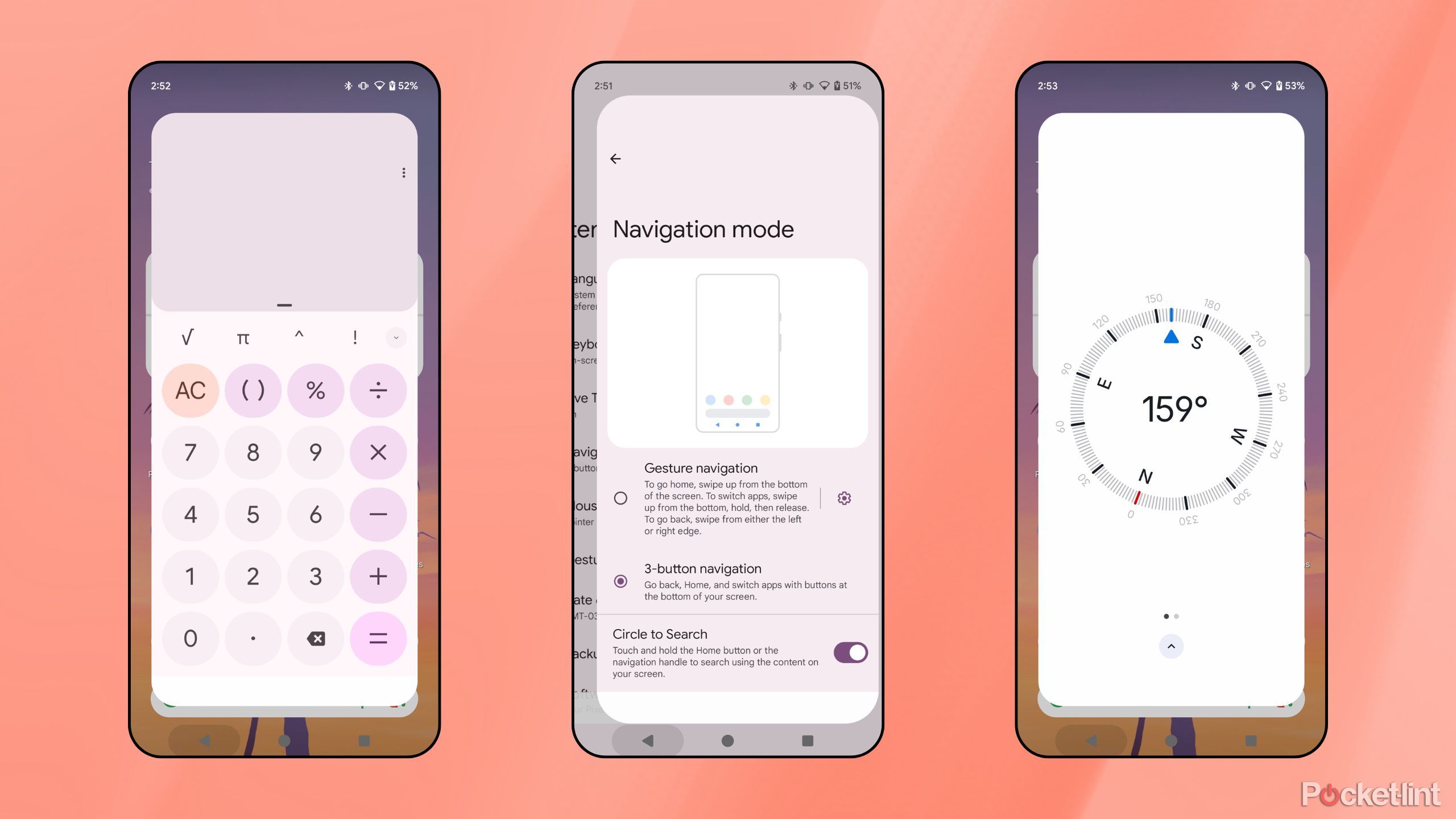Abstract
- Whereas gesture-based navigation is the extra fluid and intuitive resolution for interfacing with telephones and tablets, I’ve a gentle spot for Android’s conventional three-button navigation setup.
- The upkeep of Android’s three-button mode is important from an accessibility standpoint.
- Google must proceed enhancing the three-button setup in congruence with Android’s gesture-based system.
Over time, we have seen quite a few navigational modes hit the Android platform. Capacitive and bodily buttons, trackballs, on-screen digital keys, and varied gesture methods have all fallen out and in of favor as the popular methodology of interacting with the cell working system.
One such methodology, sometimes called the three-button navigation system, is my private favourite of the bunch. First launched in Android 3.0 Honeycomb after which popularized in 4.0 Ice Cream Sandwich, this explicit interplay mannequin revolves across the presence of three software-based buttons on display: dwelling, again, and multitasking.
With the launch of Apple’s iPhone X in 2017, the cell business shortly pivoted in direction of gesture-based cell machine interplay fashions. On the time, I used to be involved that Google would promptly abandon the tried-and-true three-button system in a single swift replace, however that is not fairly how issues performed out.
…most modern-day Android gadgets now ship with a homogenized set of gestures for interacting with the OS.
Earlier than lastly selecting an iPhone-esque gesture system of its personal, the Android world was briefly fragmented into varied interpretations of how a gesture-based OS ought to operate. Google’s hybrid approach on the Pixel 3 proved unpopular, whereas Samsung’s unique take on the idea was really fairly neat in my view.
In any case, whereas most modern-day Android devices now ship with a homogenized set of gestures for interacting with the OS, all of them have one factor in frequent: the power to dig into settings and change again to the great previous three-button setup that I am oh-so keen on.
Because it seems, Google was flirting with the concept of disposing of software-based buttons as an possibility solely, only to eventually reverse course — at present, the corporate maintains the setting primarily for accessibility functions.
Associated
Lock screen widgets are returning to Android, and it’s been a long time coming
Google is re-implementing lock display widgets as a part of Android 16, however the firm ought to have by no means ripped the function out of the OS to start with.
Three-button navigation works nice on large-screen gadgets
Android’s taskbar makes multitasking straightforward, however it’s additionally the proper dwelling for the house button and associates
Google’s resolution to protect the standard three-button software program navigation system for the sake of accessibility is the correct name. Gesture-based methods are fluid and intuitive, however they require extra hand dexterity that some customers have hassle with.
Personally, I go away three-button navigation enabled for a distinct motive: I merely choose the circulate it gives when zipping by way of the OS. The whole lot feels snappy, satisfying, and kinetic. The button-based resolution is extra ergonomic, too, and Google actually has data to again this up.
Android’s gesture system does not play good with third-party launchers.
The three-button setup works nice on large-screen Android gadgets, as properly. Android tablets and book-style foldables are rising in recognition, and I discover the triple software program keys match proper in on the taskbar, proudly perched subsequent to the app drawer and pinned apps sections. On many such gadgets, it is easy to toggle between a left-justified and a right-justified setup, which makes reachability easy.
One closing motive why I gravitate to three-button navigation: Android’s gesture system does not play good with third-party launchers. I love using Niagara Launcher on my Pixel 9 Pro, however regardless of a growing effort to improve the situation, gestures nonetheless do not work as they need to. They’re uneven and unreliable, and so they merely do not feel proper to me, regardless of which Android machine I strive them on.

Associated
You won’t find these 9 excellent apps anywhere on the Google Play Store
F-Droid is a free and open-source various app retailer for Android – listed below are my favourite apps which might be solely out there on the storefront.
Google can do much more to embrace three-button navigation
The corporate can enhance Android’s button-based navigation with out it negatively impacting gesture-based setups
Most lately, Google seems to have taken an curiosity in enhancing the standard three-button navigation system as soon as once more, which is nice information for followers of the type like myself and many others.
In the latest beta builds of Android 16, the system’s predictive again gesture has been ported over to three-button setups — a growth I definitely did not see coming. By merely urgent and holding down on the digital again button, you will see a preview of the app or earlier web page peaking beneath.
This addition is appreciated, however I believe Google can take issues a step additional. With out stepping on the toes of gesture-based navigation growth, the corporate must work on enhancing button navigation in parallel.
Someplace in the course of the transition over to gestures, the power to carry down the multitasking key to invoke cut up display mode was eliminated. I would like to see this feature be re-implemented, and I would additionally wish to see enhancements made to the velocity and reliability of the ‘double faucet to swap open apps’ operate hidden throughout the identical current apps button.
There are a ton of extra customization choices I would like to see Google implement.
There are extra customization choices I would like to see Google implement not solely throughout the Pixel UI, but in addition “inventory” builds of the OS through the Android Open Source Project (AOSP). These embody:
- The power to swap the place of every particular person navigation button.
- The power so as to add further buttons to the combination (i.e. to invoke fast settings or to simply lock the display).
- The power to auto-hide the navigation bar until pinned to the display (with an always-present pin button for simple entry).
To be clear, I do not hate interacting with Android through gestures. I respect the advantages the system brings to the desk, however I merely discover myself preferring three-button navigation when utilizing an Android machine each day. Choices are at all times a web constructive, and whereas not everyone is a fan of virtual buttons, the inclusion of each interplay fashions — with out imposing one over the opposite — is a establishment that I hope stays properly into the long run.

Associated
Breaking the Apple habit: tips for an easy switch to Android
It is fairly straightforward to switch your information from Apple to Android in only a few steps.
Trending Merchandise

Thermaltake V250 Motherboard Sync ARGB ATX Mid-Tower Chassis with 3 120mm 5V Addressable RGB Fan + 1 Black 120mm Rear Fan Pre-Installed CA-1Q5-00M1WN-00

Dell KM3322W Keyboard and Mouse

Sceptre Curved 24-inch Gaming Monitor 1080p R1500 98% sRGB HDMI x2 VGA Construct-in Audio system, VESA Wall Mount Machine Black (C248W-1920RN Sequence)

HP 27h Full HD Monitor – Diagonal – IPS Panel & 75Hz Refresh Fee – Clean Display – 3-Sided Micro-Edge Bezel – 100mm Top/Tilt Modify – Constructed-in Twin Audio system – for Hybrid Staff,black

Wi-fi Keyboard and Mouse Combo – Full-Sized Ergonomic Keyboard with Wrist Relaxation, Telephone Holder, Sleep Mode, Silent 2.4GHz Cordless Keyboard Mouse Combo for Laptop, Laptop computer, PC, Mac, Home windows -Trueque












